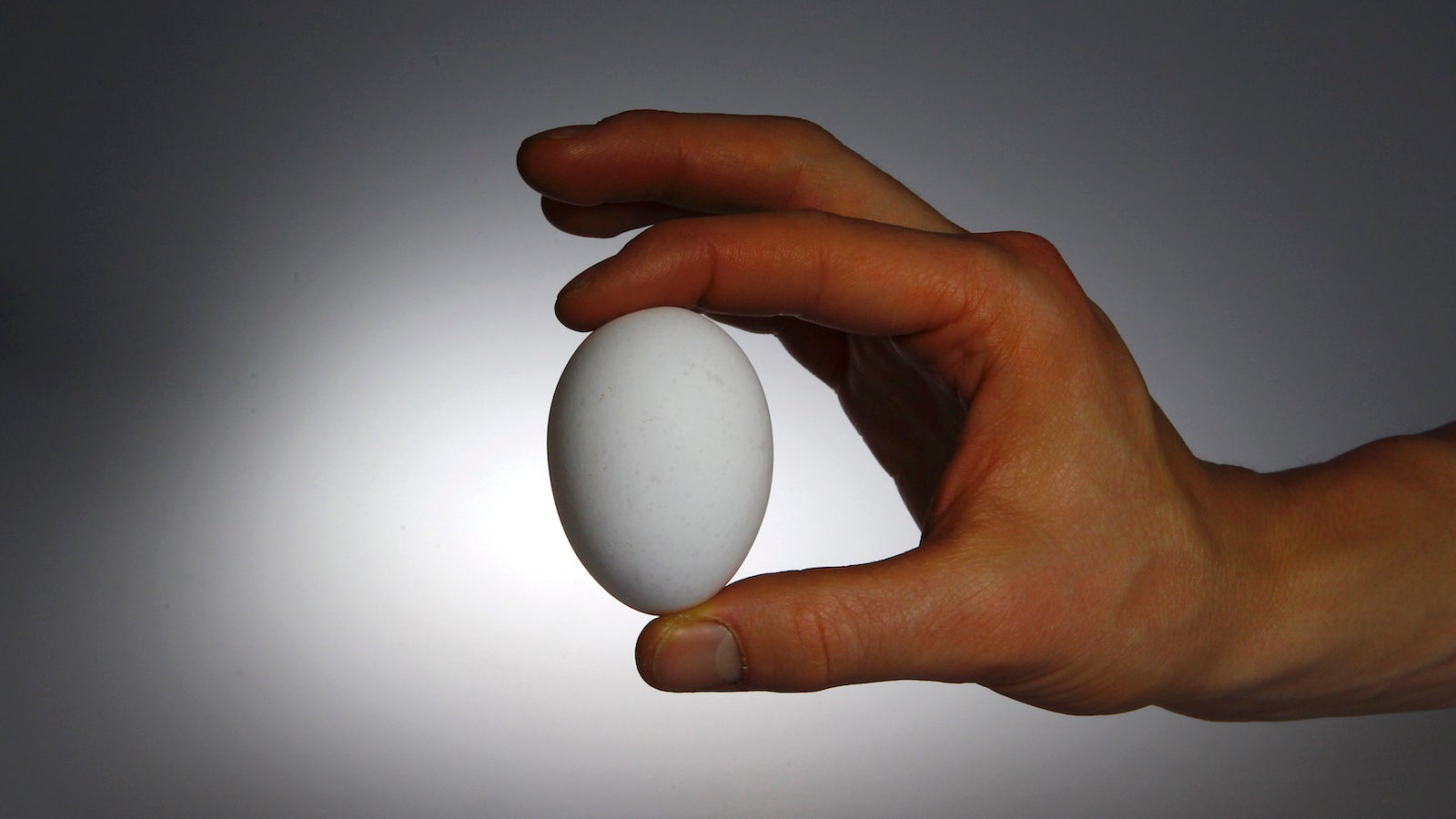The ridiculously complicated tale behind the origin of the word “turkey”
Why are turkeys called “turkeys?” It’s a question you might find yourself pondering this week if you’re one of the 88% of Americans who will be sitting down to a plate of roast turkey this Thanksgiving.


Why are turkeys called “turkeys?” It’s a question you might find yourself pondering this week if you’re one of the 88% of Americans who will be sitting down to a plate of roast turkey this Thanksgiving.
Unlike Brazil vs. the brazil nut (spoiler alert: they’re both named after the brazil-wood tree) and canaries vs. the Canary Islands (the birds are named for the islands; the islands are named for the Latin for “dog”), there’s an etymological connection between turkey fowl and the country Turkey. But is it an accurate one?
The story of the turkey vs. Turkey is something of a mixed bag, with language after language steadfastly preserving a centuries-old geographical error. Though turkeys eaten at Thanksgiving do indeed take their name from the vast republic of Turkey, the full historical tale is a lot more complicated than that.
According to the Oxford English Dictionary, the earliest use of the word turkey in English was in 1541, when the “turkeycocke” was listed as one of a number of “greater fyshes or fowles” available to Tudor diners. But this probably wasn’t the same turkey you’ll be eating this week. Back then, the birds we now know as turkeys had yet to make much of an impact on European cuisine, and instead it’s been suggested that this original “turkeycocke” was probably something like an African guinea-fowl, a peacock, or a curassow. (Or, perhaps most likely of all, the name was originally little more than a catch-all given to any exotic-looking fowl imported into Europe via Turkey.)
It wasn’t until later in the 16th century, when more and more of the birds began to be imported into Europe from colonies in North America, that turkey became attached to what we’d now call a turkey. As just another large, edible game bird that roasted well, the American birds simply came to be known by the same name all the other birds had been known: The turkey had officially arrived in the English language, albeit from the opposite geographical direction from its namesake nation. As American turkeys became more popular among English speakers, turkey fell out of use as a byword for all imported exotic game birds, leaving us with the word—and the bird—as we have it today.
English isn’t the only language to get its geography muddled up when it comes to turkeys: Many other tongues default to India, the far-flung region early explorers wrongly presumed the Americas to be. In French, a turkey is a coq d’inde or dinde—a name that references India. This connection is also shared by a clutch of other European languages, including Polish (indyk), Basque (indioliar), and Armenian (hndikahav, literally “Indian chicken”). Things get even more specific in Northern Europe, with several cultures name-checking the Indian trade port of Calicut, including Dutch speakers (kalkoen), as well as the Swedes (kalkon), Finns (kalkkuna), Lithuanians (kalakutas), and Norwegians, Danes, and Estonians (kalkun).
The Portuguese are no less geographically misguided, as they took their name for the turkey, peru, from the South American country conquered by the Spanish around the same time that turkeys began appearing on European tables. And even further afield, Malay speakers came to know the turkey as the ayam belanda, or “Dutch chicken,” in reference to the colonists who introduced the bird to the Dutch East Indies in the 17th century.
With most languages suffering from a geographical misnomer, there’s always the Luxembourg option: Rather than name-check the turkey’s supposed place of origin, speakers of Luxembourgish instead allude to the turkey’s striking nasal wattles in their word Schnuddelhong—which literally means “snot-hen.”